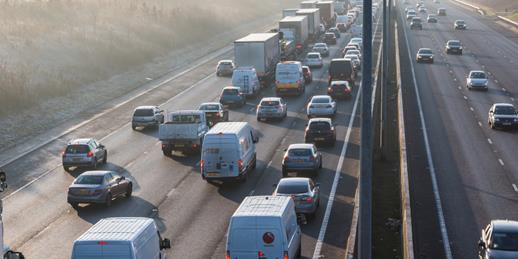
Do you drive on one of the most dangerous roads in Britain?
When you think about deaths and serious injuries on the roads, what is it that springs to mind as the most likely cause?
Drink-driving? Speeding? Texting at the wheel? These dangerous, illegal and irresponsible driving behaviours rightly get a lot of media attention and there's an ongoing debate about how best to tackle them.
But the tragedies on our roads aren't just caused by bad drivers. Sometimes the fault lies with the roads themselves.
The riskiest roads
The Road Safety Foundation charity has worked in partnership with Ageas to analyse the cause of road crashes in the UK. Their findings, published in the “Cutting the Cost of Dangerous Roads” report, reveal half of all Britain's road deaths occur on just ten per cent of the road network.
According to the report, more than 500 sections of our motorways and A roads – that’s around a fifth of our total road network - have unacceptably high risks.
For a long time, the persistently higher risk roads list was dominated by roads located in the North and the Midlands. The most dangerous road identified is known as the ‘Cat and Fiddle’ - the A537 between Macclesfield and Buxton. It is only a short section of road, but it has made the persistently higher risk list on six occasions in the last decade; it is a rural and winding road, and despite significant safety improvements, its injury and fatality rate remains unacceptably high.
But it’s no longer just the North suffering dangerous roads. The latest report confirmed that the most acute problems are now seen in the South East, with the highest rate of fatal and serious crashes per kilometre travelled. In fact, the overall risk rate in the South East is nearly double that of the safest region, the West Midlands.
Are your routes risky?
Thankfully, the government is already taking some steps to improve the safety of our roads. Last year it set aside the Safer Roads Fund, worth £175 million, to tackle the 50 ‘A’ roads which had been identified as posing the highest risk of death and injury by the Road Safety Foundation.
This is only the start, but by being proactive we can remove those known risks on the road network before more people are hurt. You can take action by tweeting or emailing your local MP from the Index encouraging them to support the need for further road investment.



